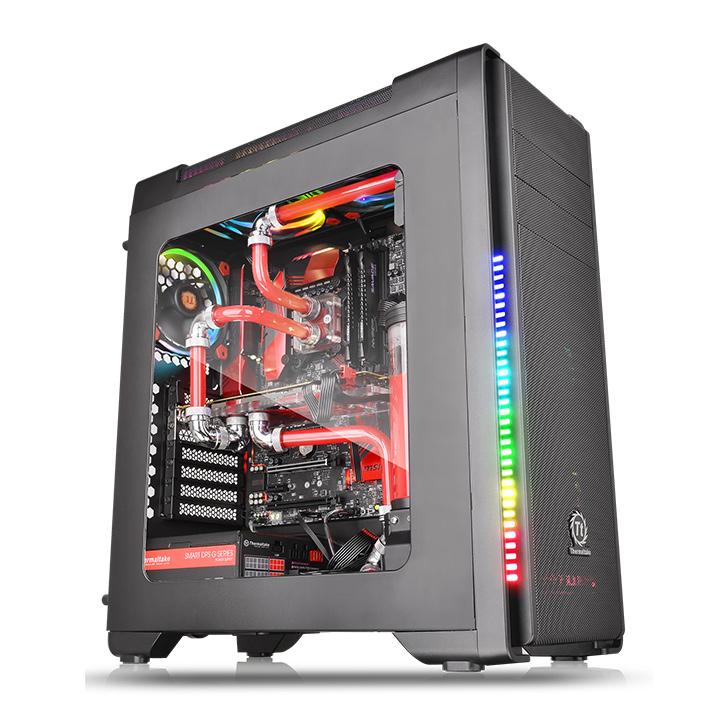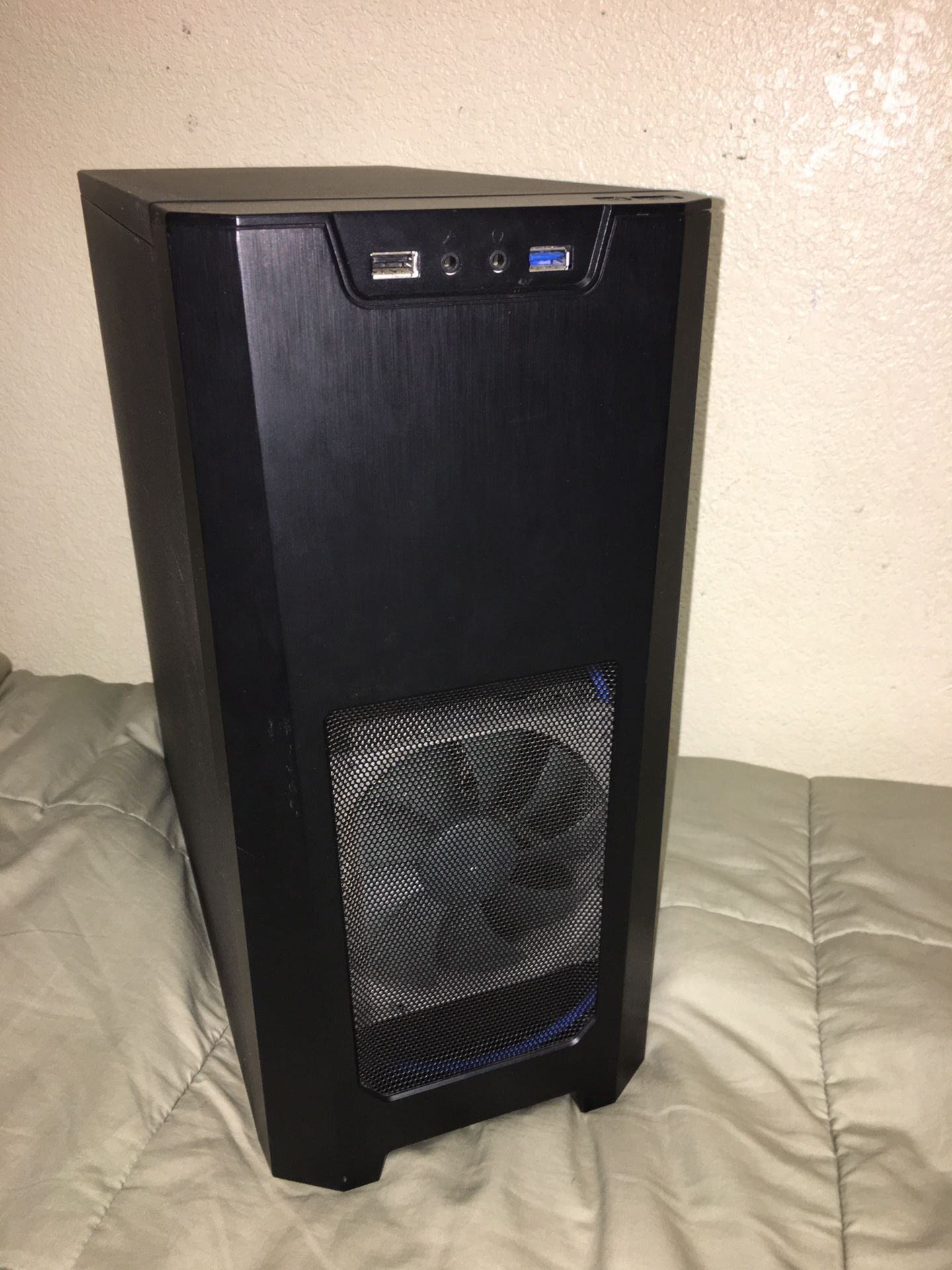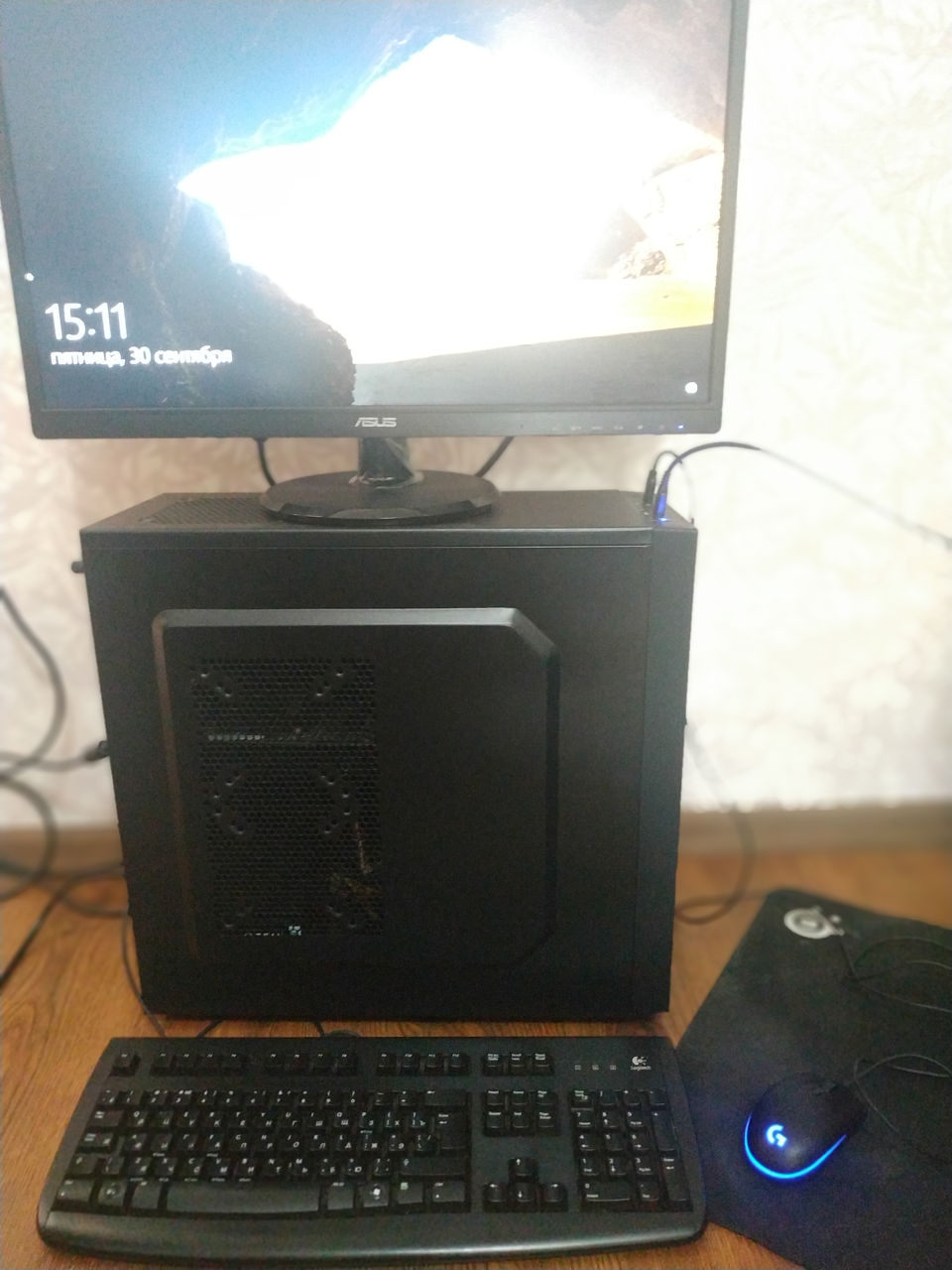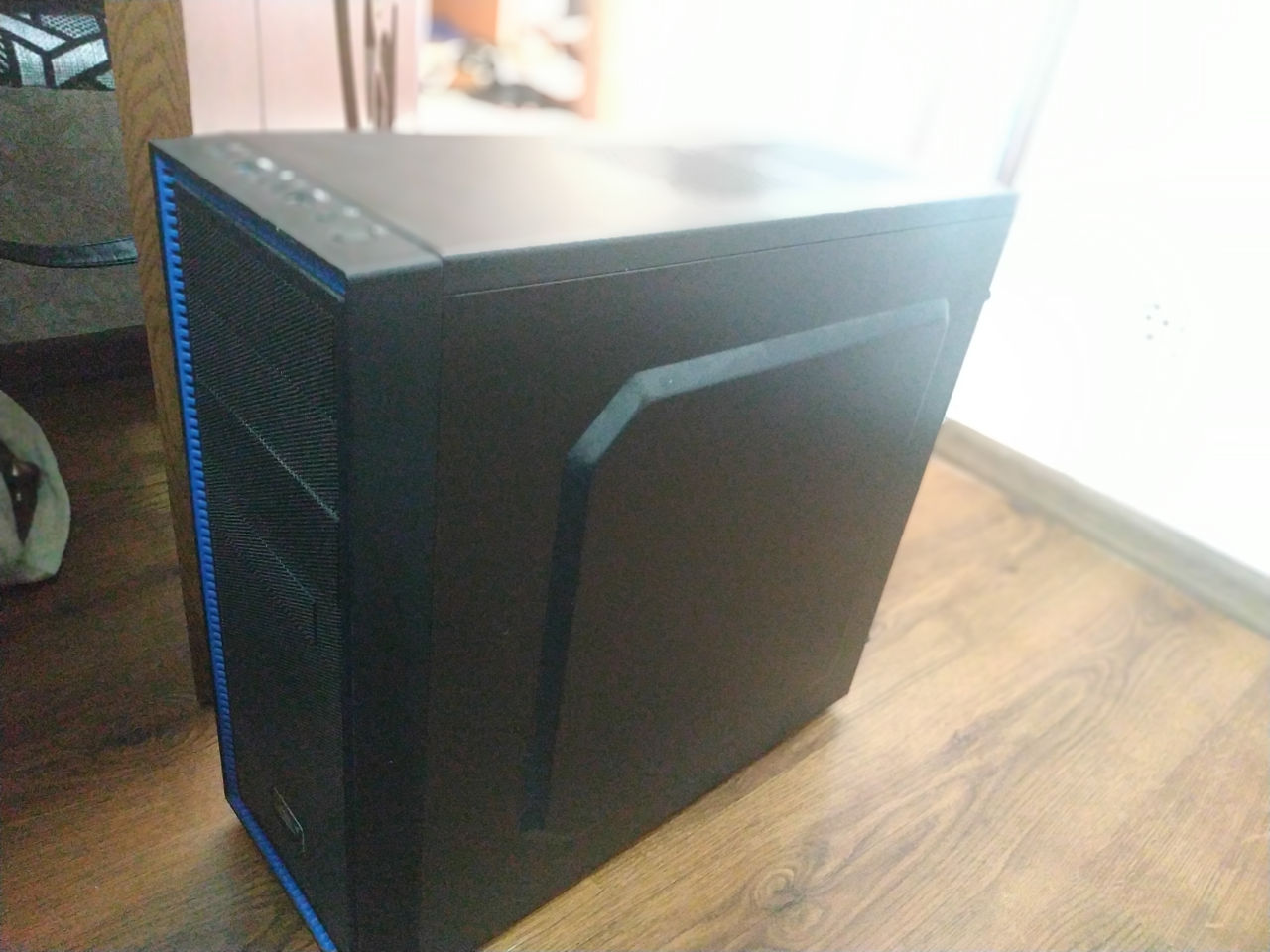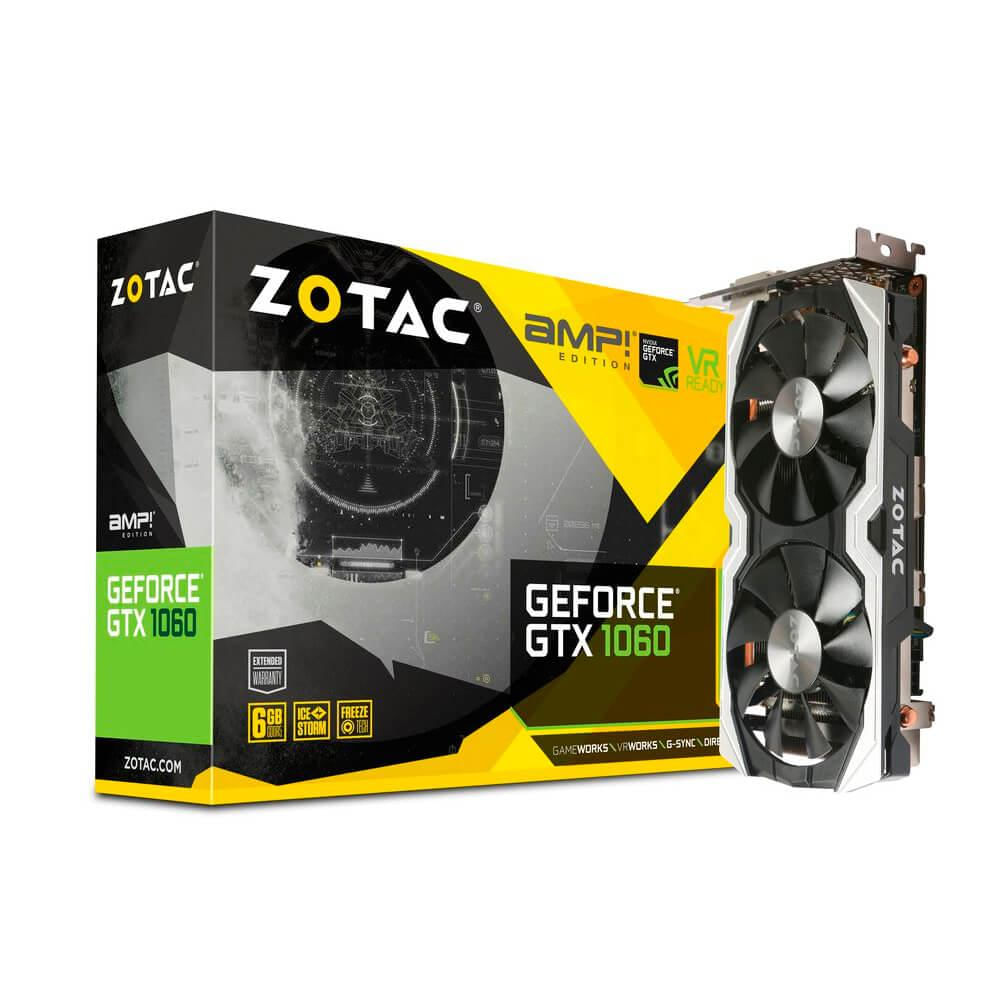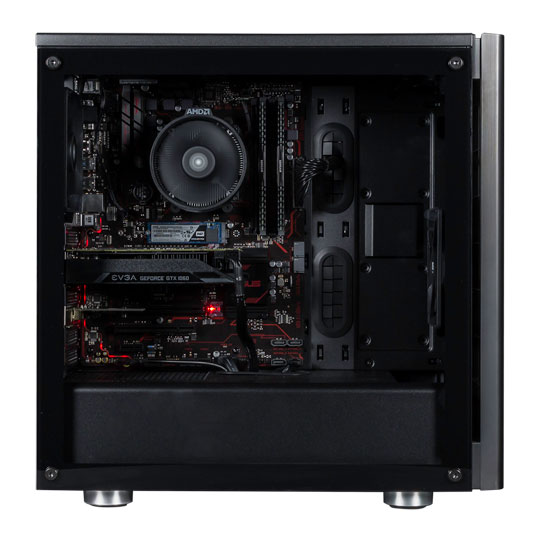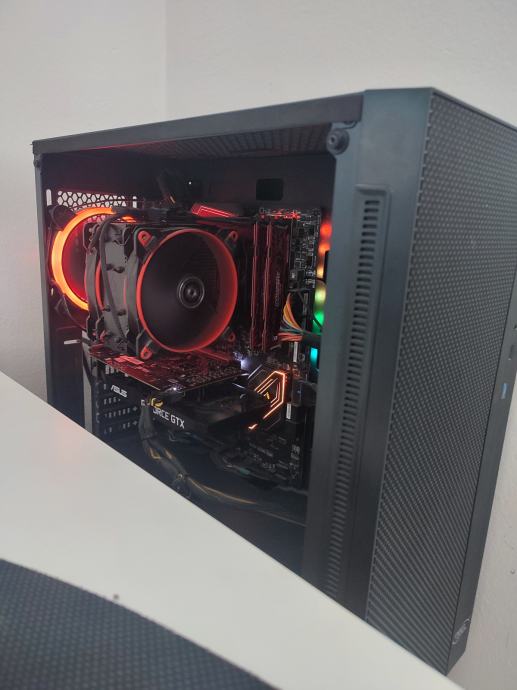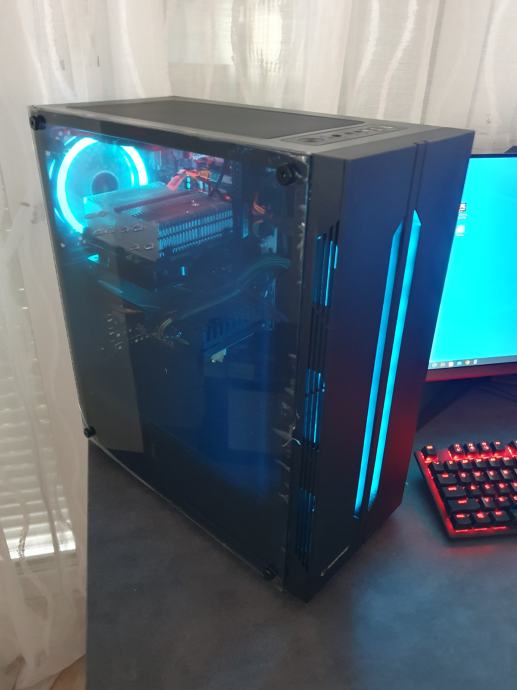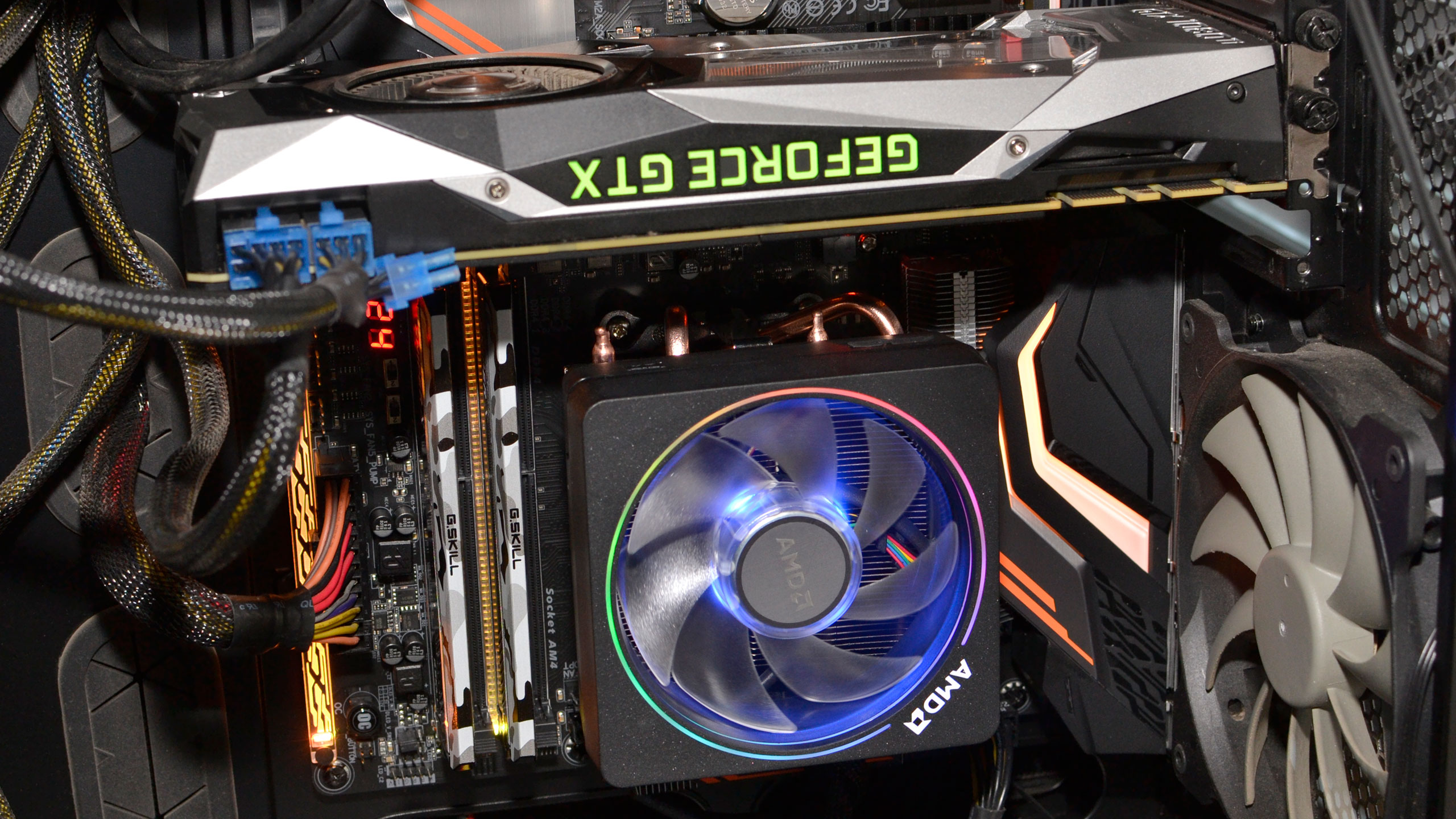Pc Gamer Ryzen 5 2600x Gtx 1060 6gb

The Ryzen 5 2600X coupled with the GTX 1060 6GB was a dominant force in the mid-range PC gaming landscape for years. But as technology advances and new hardware emerges, the question arises: how does this once-powerful combination hold up in today's gaming environment?
This article delves into the performance of a PC configuration featuring the Ryzen 5 2600X and GTX 1060 6GB in current gaming titles. It also assesses its suitability for modern workloads. We will explore real-world benchmarks, compare it to newer hardware alternatives, and ultimately determine whether this setup remains a viable option or if it's time for an upgrade.
Performance in Modern Games
The Ryzen 5 2600X, a 6-core, 12-thread CPU, offered a significant performance boost over its predecessors. It delivered impressive multitasking capabilities. When paired with the GTX 1060 6GB, a popular choice for 1080p gaming at the time, it created a potent and affordable gaming rig.
However, demanding modern titles push these components to their limits. Games like Cyberpunk 2077 and Assassin's Creed Valhalla demonstrate that maintaining a consistent 60fps at high settings is a challenge. Frame rates often fluctuate, requiring compromises in graphical fidelity.
Benchmarks reveal that while the GTX 1060 6GB can still handle many games at 1080p. But achieving higher frame rates or resolutions requires dialing back settings to medium or even low in some instances.
Real-World Benchmarks
Data from various tech publications paints a clear picture of the system's capabilities. For example, tests indicate that in a game like Red Dead Redemption 2, the Ryzen 5 2600X and GTX 1060 6GB can achieve an average of around 45-55fps at 1080p with medium settings.
In more demanding titles, these numbers can drop even further. Cyberpunk 2077 can struggle to maintain a stable 30fps at similar settings, highlighting the limitations of the hardware in graphically intensive scenarios.
These benchmarks show that while the system is still functional, it no longer provides the optimal experience for modern gaming.
Comparison to Newer Hardware
The landscape of PC hardware has significantly evolved since the release of the Ryzen 5 2600X and GTX 1060 6GB. Newer generations of CPUs and GPUs offer substantial performance improvements. These improvements are available at similar price points when adjusted for inflation.
For example, the Ryzen 5 5600X offers a significant performance uplift over the 2600X. It also provides better efficiency. Similarly, the RTX 3060 or RX 6600 offer a marked improvement over the GTX 1060 6GB in terms of frame rates and features like ray tracing.
Upgrading to these newer components can result in a smoother gaming experience. It allows for higher settings and resolutions.
Suitability for Modern Workloads
Beyond gaming, the Ryzen 5 2600X remains a capable CPU for general productivity tasks such as web browsing, office applications, and light content creation. Its 6 cores and 12 threads provide sufficient power for multitasking and handling moderate workloads.
However, more demanding tasks like video editing, 3D rendering, or running virtual machines will push the CPU to its limits. These types of tasks can benefit significantly from a more powerful processor with more cores and threads.
The GTX 1060 6GB can also handle some light content creation tasks, such as photo editing. But it is not ideally suited for more intensive graphical workloads.
Is It Time to Upgrade?
For gamers seeking a smooth experience at high settings in modern titles, upgrading from a Ryzen 5 2600X and GTX 1060 6GB system is likely necessary. Newer hardware offers significant performance improvements that can enhance the gaming experience.
For users primarily focused on productivity tasks, the system may still be adequate. But upgrading the CPU and GPU can significantly improve performance. It will greatly improve efficiency in demanding workflows.
Ultimately, the decision to upgrade depends on individual needs and priorities. Gamers seeking the best possible visuals and frame rates should consider upgrading. Users content with lower settings or primarily focused on less demanding tasks may be able to delay an upgrade.
